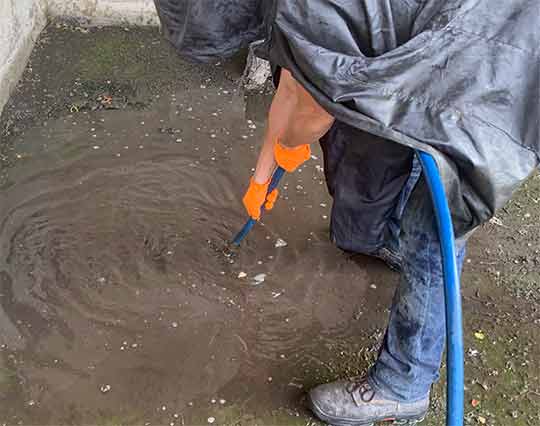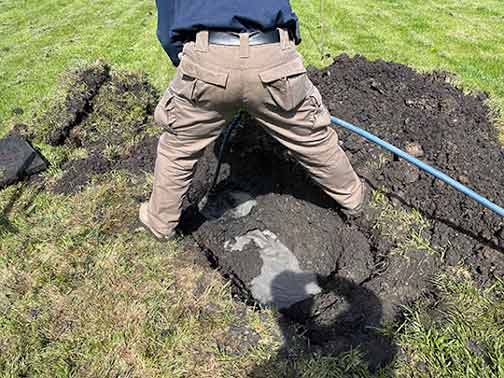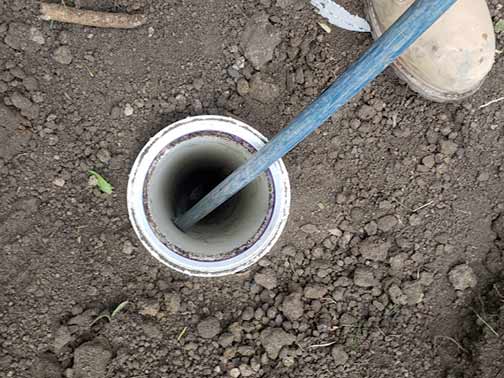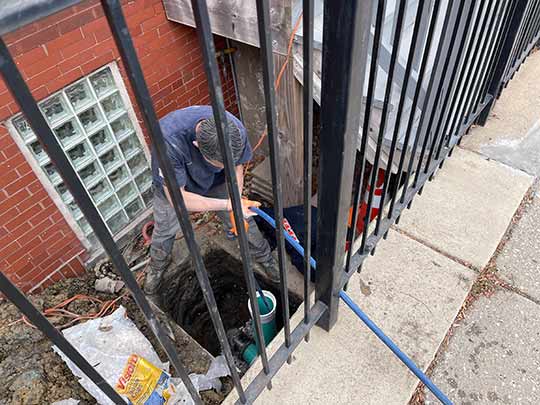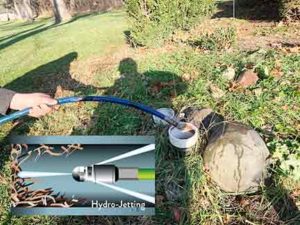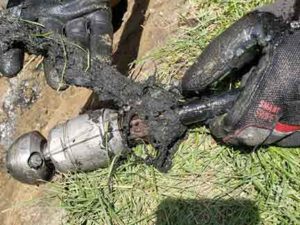Drainage systems are an essential component of any property’s infrastructure, ensuring the efficient flow of water and wastewater. Property managers play a crucial role in ensuring the proper maintenance of these systems to prevent clogs and backups. One highly effective method for keeping drains clean and functional is the hydro jetting process. In this guide, we will explore the hydro jetting process in detail, highlighting its benefits and considerations for property managers.
What is Hydro Jetting?
Hydro jetting is a process that utilizes high-pressure water streams to clear clogs, debris, and mineral deposits from drain pipes and sewer lines. It involves the use of specialized equipment that delivers water at pressures of up to 4000 PSI (pounds per square inch), effectively removing blockages and restoring optimal water flow. This technique is extremely effective in eliminating stubborn clogs that traditional drain cleaning methods such as sewer line rodding may not be able to tackle.
The Benefits of Hydro Jetting
1. Effective and efficient: Hydro jetting is a highly effective and efficient method for clearing even the most stubborn clogs. The high-pressure water streams can break up and flush away debris, grease, and roots that may be obstructing the drains.
2. Prevents future clogs: Hydro jetting not only removes existing blockages but also helps prevent future clogs. The powerful water jets thoroughly clean the pipes, removing any residue that could lead to future buildup and backups.
3. Environmentally friendly: Unlike harsh chemicals used in some drain cleaning methods, hydro jetting relies solely on water, making it an environmentally friendly option. It does not introduce any harmful substances into the drain or sewer system.
4. Cost-effective: Although hydro jetting may initially seem more expensive than other drain cleaning methods, it offers long-term cost savings. Regular hydro jetting can help prevent costly repairs and replacements by maintaining the drainage system’s optimal functionality.
When to Consider Hydro Jetting
While hydro jetting is an effective method for maintaining drainage systems, it may not always be necessary. Property managers should consider hydro jetting when:
– Frequent backups and slow drains occur despite traditional cleaning methods.
– Tree roots have infiltrated the drain pipes, causing recurring clogs.
– There are signs of significant debris or mineral buildup in the pipes.
The Hydro Jetting Process
1. Inspection: A thorough camera inspection of the drainage system is conducted using a specialized camera to identify the location and severity of clogs and potential issues.
2. Preparation: Before hydro jetting, the area surrounding the drain pipes is properly protected, and access points are sealed to prevent any water leakage.
3. High-pressure water jetting: Using a hydro jetting machine, water at high pressure is directed into the pipes. This pressurized water stream effectively breaks up and flushes away the clogs, debris, and mineral deposits.
4. Post-inspection: Once the hydro jetting process is complete, another inspection is conducted to ensure the drainage system is thoroughly cleaned and free from any remaining blockages.
Considerations and Safety Measures
1. Professional expertise: Hydro jetting should be performed by trained professionals who have experience in handling the equipment and understanding the specific needs of drainage systems.
2. Safety precautions: Property managers should ensure that adequate safety measures are taken during the hydro jetting process, such as wearing protective gear and adhering to proper protocols.
3. Regular maintenance: To maximize the benefits of hydro jetting, property managers should establish a regular maintenance schedule. This proactive approach helps prevent major clogs and ensures the optimal functioning of the drainage system.
In Conclusion
Hydro jetting is a powerful and effective technique for maintaining drainage systems in properties. Property managers play a crucial role in ensuring the cleanliness and functionality of these systems, and hydro jetting presents a viable solution for handling persistent clogs and obstructions. By understanding the benefits, process, and considerations associated with hydro jetting, property managers can effectively maintain drainage systems, prevent backups, and minimize costly repairs and replacements.
